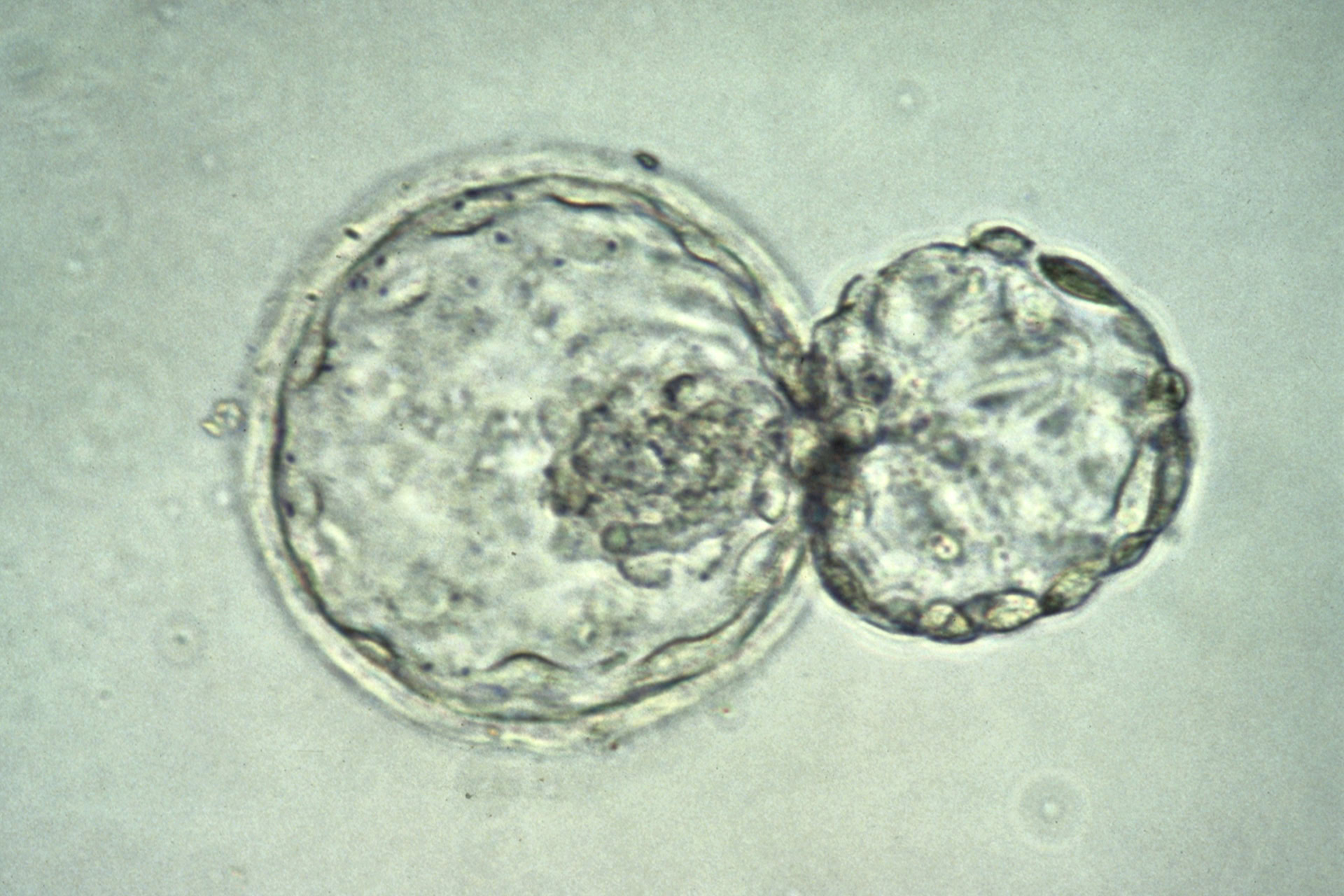US researchers have successfully converted human skin cells directly into brain nerve cells, skipping an intermediate stem cell stage. The new technique has the potential to aid research into neurodegenerative disorders of the brain, such as Parkinson's and Alzheimer's.
What we made are neurons that are characteristic of the frontal cortex [of the brain] — what you'd imagine would be the most difficult [nerve cells] to make. They're the ones we think with, that we use to put two things together and see the connections, not the ones involved in evolutionary older emotional responses, said Professor Gerald Crabtree of the University of Stanford, who was involved in the study.
Previous studies have demonstrated how nerve cells can be generated from embryonic stem cells or skin cells which are first transformed into iPS cells. The direct conversion of skin cells into nerve cells, achieved by introducing specific sequences of RNA, skips this intermediate stage allowing researchers to study the behaviour of brain cells more easily in the future, said the study authors.
A major problem in neurobiology has been the lack of a good human model. Neurons aren't like blood. They're not something people want to give up said Professor Crabtree.
The human skin cells were obtained from a 30-year-old woman and then converted into nerve cells by adding two short strands of RNA, known as micro-RNA. Results suggest in the future nerve cells could be grown from a patient's own skin cells. This would allow further, detailed study of a patient's condition and possible subsequent treatment. It would also avoid the use of iPS and embryonic stem cells.
The introduction of specific micro-RNA sequences, called miR-9* and miR-124, altered the regulation of the cells' chromosomes at a molecular level. This resulted in altered gene expression, causing the skin cells to transform into mature nerve cells. These nerve cells were specific to a region of the brain known to control higher functions.
'[This] is the region most compromised in Down's syndrome, Alzheimer's and many other human neurologic diseases. Mice have few of these neurons, making mice poor models for many human neurologic diseases', said Professor Crabtree.
The study was published in the journal Nature.






Leave a Reply
You must be logged in to post a comment.